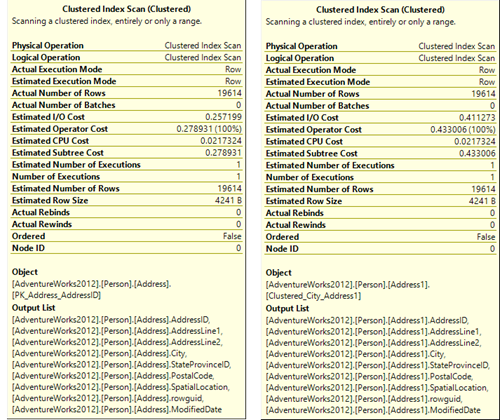With the introduction of the in-memory technology, we need to think about what are the new challenges to keep the service up and running. In this article I will explore one of the three key points to monitor in order to maintain your SQL Server healthy.
Last week I spoke at my local SQL Server user group, in Lisbon. The session was nice and the good feedback received encouraged me to write about this and share information that is not too spread over the internet (so far…): Monitor environments using In-Memory OLTP.
Read more »







